22q13
Recent articles
Organoids identify potential therapies, circuit flaws for autism-linked syndromes
Brain cell clusters serve as drug screens and reveal connectivity differences for autism-linked conditions, two new models show.
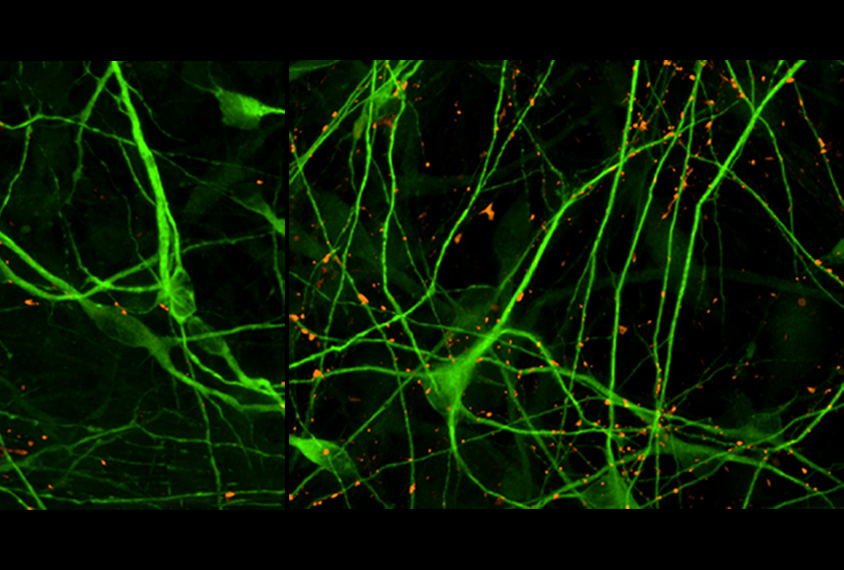
Organoids identify potential therapies, circuit flaws for autism-linked syndromes
Brain cell clusters serve as drug screens and reveal connectivity differences for autism-linked conditions, two new models show.
Autism-linked mutation disrupts brain circuit to change social behavior
Therapies that target the circuit could boost social activity, new findings suggest.
Autism-linked mutation disrupts brain circuit to change social behavior
Therapies that target the circuit could boost social activity, new findings suggest.
DNA tags in placenta point to possible autism-linked gene
The gene, dubbed NHIP, is in a chromosomal region that shows unusually low levels of DNA methylation in placentas from women who gave birth to autistic children.
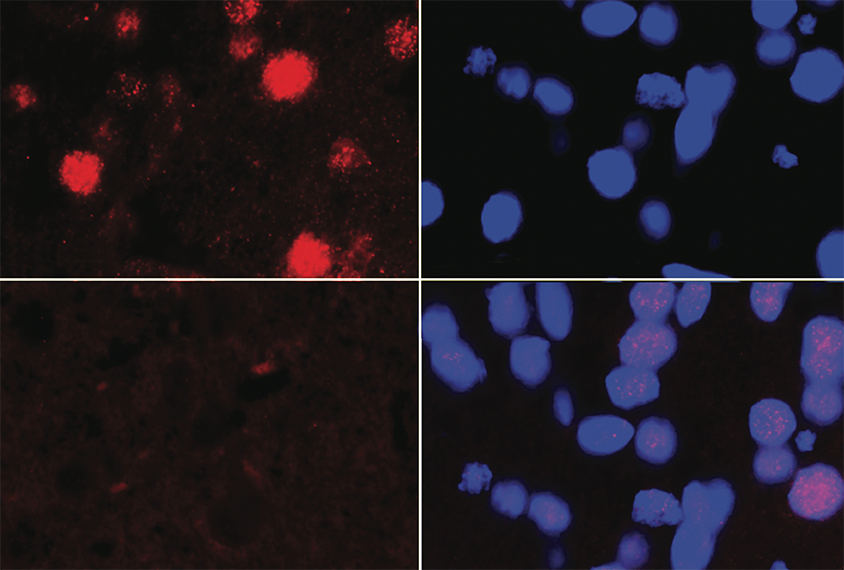
DNA tags in placenta point to possible autism-linked gene
The gene, dubbed NHIP, is in a chromosomal region that shows unusually low levels of DNA methylation in placentas from women who gave birth to autistic children.
New family group pursues treatments for autism-linked syndrome
After a decade of working with the Phelan-McDermid Syndrome Foundation, Geraldine Bliss has co-founded a new organization to develop therapies for the condition.

New family group pursues treatments for autism-linked syndrome
After a decade of working with the Phelan-McDermid Syndrome Foundation, Geraldine Bliss has co-founded a new organization to develop therapies for the condition.
Mutations in autism gene may trigger milder effects than does its loss
People with mutations in SHANK3 have milder features than do those missing a chunk of DNA that includes the gene.

Mutations in autism gene may trigger milder effects than does its loss
People with mutations in SHANK3 have milder features than do those missing a chunk of DNA that includes the gene.
Wi-Fi flap; obsessive-compulsive link; brain catalog and more
Two researchers balk at talk that Wi-Fi and autism are linked, changes in an autism risk gene are tied to obsessive-compulsive traits in three species, and scientists plan to conduct a census of all of the brain’s cell types.
Wi-Fi flap; obsessive-compulsive link; brain catalog and more
Two researchers balk at talk that Wi-Fi and autism are linked, changes in an autism risk gene are tied to obsessive-compulsive traits in three species, and scientists plan to conduct a census of all of the brain’s cell types.
Family groups play key role in advancing autism research
Families need more support from researchers in order for their heroic efforts to be optimally effective.
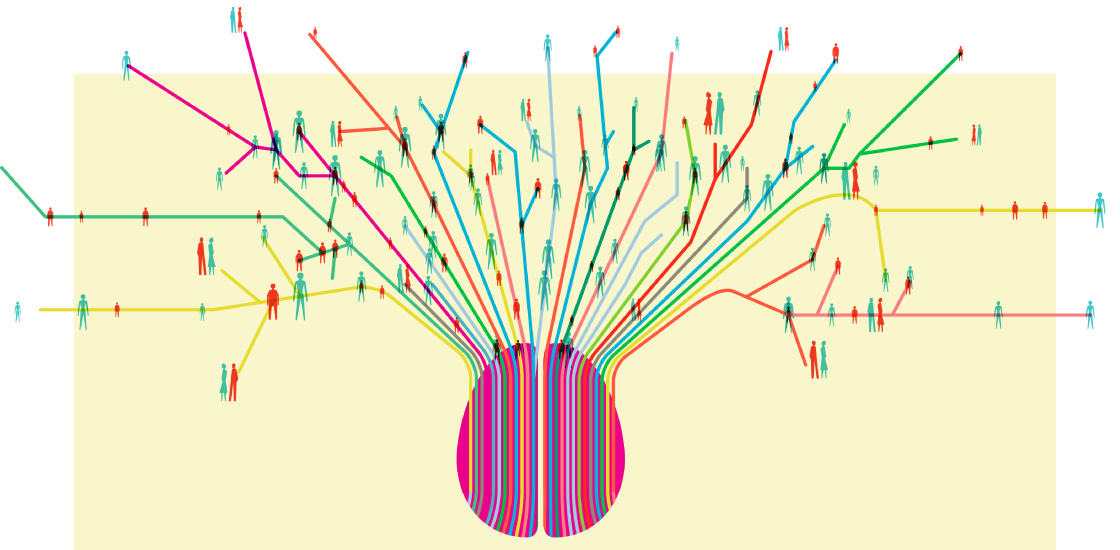
Family groups play key role in advancing autism research
Families need more support from researchers in order for their heroic efforts to be optimally effective.
Rare form of autism shows unique pattern of regression
More than 40 percent of children with Phelan-McDermid syndrome lose skills they once had, beginning, on average, at age 6.

Rare form of autism shows unique pattern of regression
More than 40 percent of children with Phelan-McDermid syndrome lose skills they once had, beginning, on average, at age 6.
New role for autism gene extends treatment possibilities
The autism-linked gene SHANK3 is known for its role at neuronal junctions, but it has another function that could serve as a drug target.

New role for autism gene extends treatment possibilities
The autism-linked gene SHANK3 is known for its role at neuronal junctions, but it has another function that could serve as a drug target.
Clinical research: Autism-related syndrome changes with age
Many characteristics of Phelan-McDermid syndrome — an autism-linked disorder arising from abnormalities at the tip of chromosome 22q13 — change as individuals age.

Clinical research: Autism-related syndrome changes with age
Many characteristics of Phelan-McDermid syndrome — an autism-linked disorder arising from abnormalities at the tip of chromosome 22q13 — change as individuals age.
Explore more from The Transmitter
Alex Maier argues that a scientific explanation of consciousness requires grounding in formalized mathematics
When it comes to discovering laws of nature for consciousness similar to those in physics, Maier argues that integrated information theory is the only game in town.
Alex Maier argues that a scientific explanation of consciousness requires grounding in formalized mathematics
When it comes to discovering laws of nature for consciousness similar to those in physics, Maier argues that integrated information theory is the only game in town.
Neuro’s ark: How goats can model neurodegeneration
Since debunking an urban legend that headbutting animals don’t damage their brain, Nicole Ackermans has been investigating how the behavior correlates with neurodegeneration.
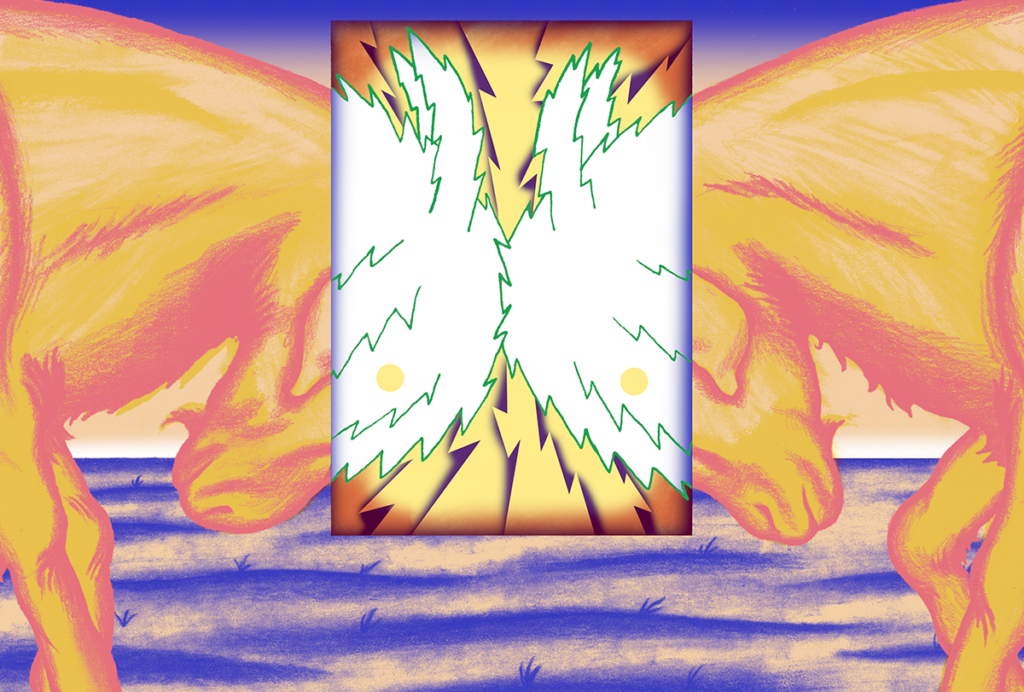
Neuro’s ark: How goats can model neurodegeneration
Since debunking an urban legend that headbutting animals don’t damage their brain, Nicole Ackermans has been investigating how the behavior correlates with neurodegeneration.
Astrocytes stabilize circuits in adult mouse brain
The glial cells secrete a protein that suppresses plasticity post-development.
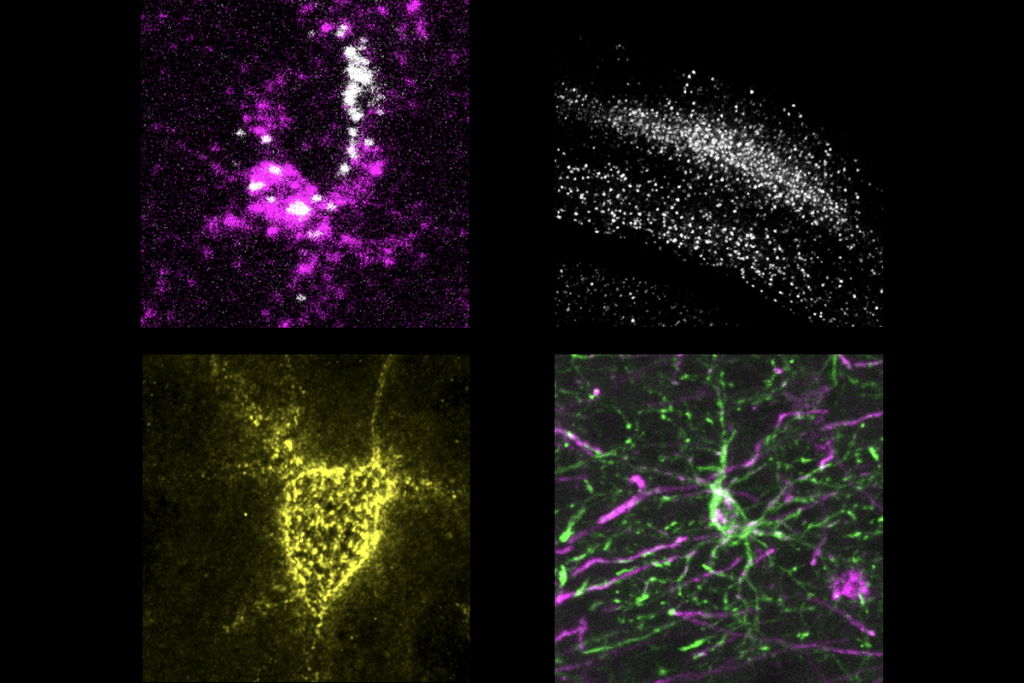
Astrocytes stabilize circuits in adult mouse brain
The glial cells secrete a protein that suppresses plasticity post-development.